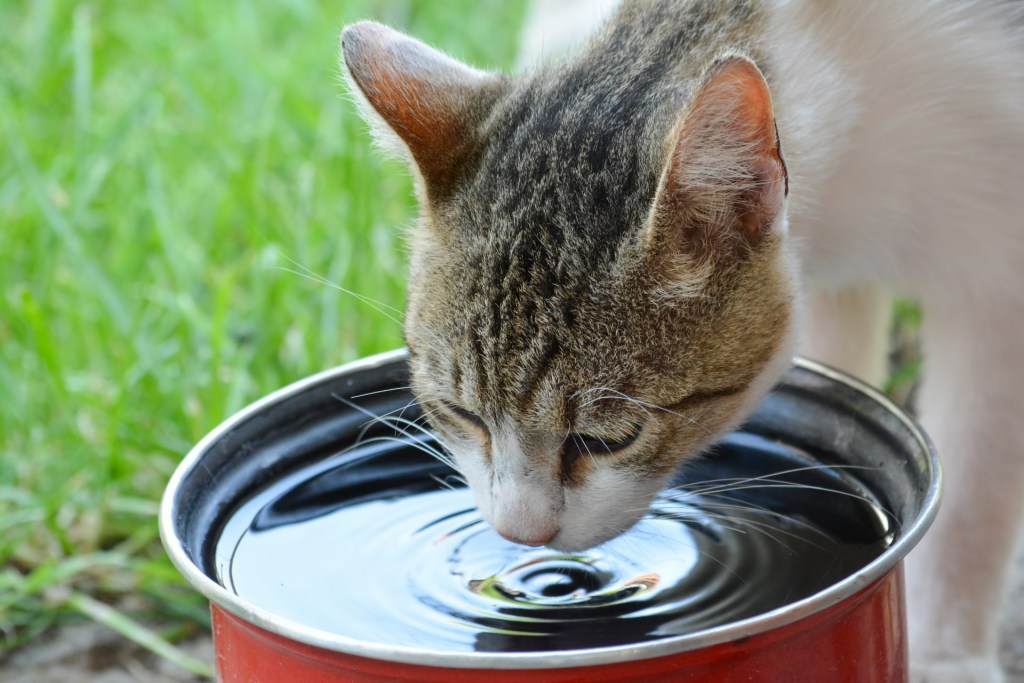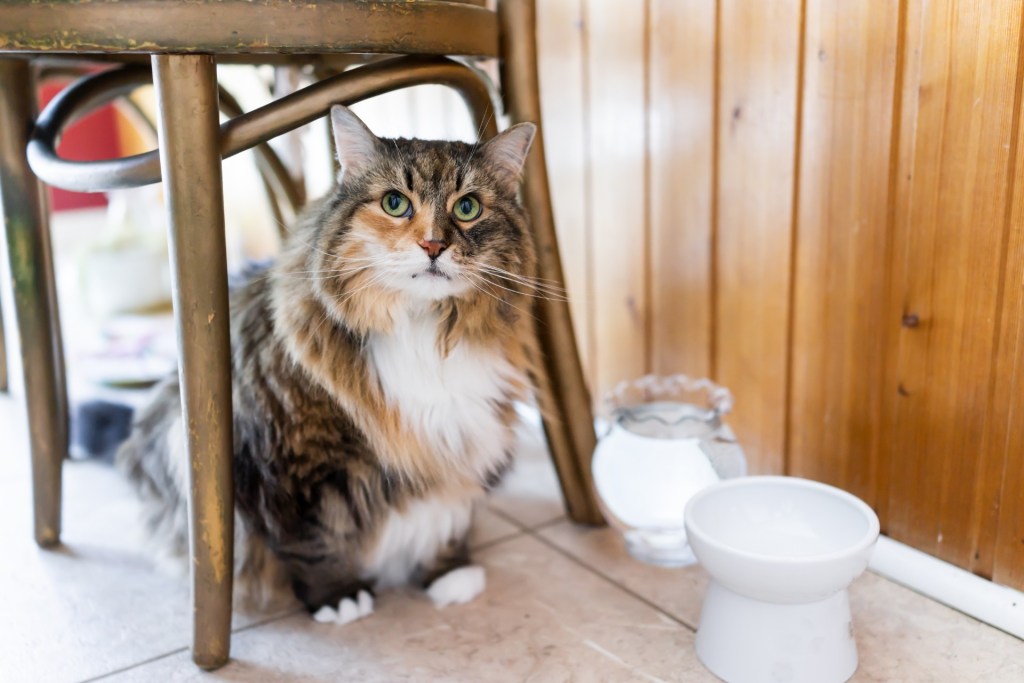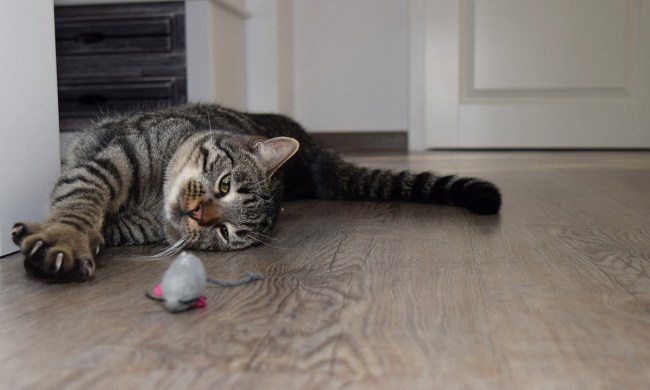When it comes to picking out a water bowl for your cat, you may be wondering: Why does it matter? Well, certain cat water bowls provide better neck support while drinking, offer more convenient hydration, and are more appealing overall to your cat. Check out some of these top picks for a water bowl that will be enjoyed by your furry friend.
What types of cat water bowls are best?

When it comes to a cat water bowl, selection is vast and seemingly endless. From different materials to varying designs, there isn’t a type of bowl that you can’t find. While this is great for those who know what kind of bowl their cat will enjoy, it can be difficult for those who have a picky cat on their hands. Thankfully, there are some key types that appeal to a majority of cats, even the pickiest of the pickiest. The top four cat water bowl types include:
- Wide bowl. A wide bowl made out of metal, ceramic, or plastic can be all that your cat needs to stay hydrated throughout the day. Many cats don’t like it when their whiskers touch the sides of their bowl, so small bowls just won’t cut it. By offering your cat a wide bowl, their head has plenty of room to move around freely without their whiskers brushing up against the sides.
- Water fountain bowl. You may have noticed that your cat loves the sound, sight, and taste of running water. Whether they have admired a running bathtub faucet or the one in your kitchen sink, it is clear that they adore water in motion. Water fountain bowls come in many varieties, shapes, and sizes, so you will have no trouble picking out one for your friendly feline. These bowls often offer multiple little fountains for your cat to drink from. This bowl will not only attract your cat and keep them hydrated, but it will also keep them entertained for hours, admiring the flowing water.
- Elevated bowl. An elevated bowl can be especially nice for older cats, but it is ideal for cats of any age. These bowls have a thick base or pedestal-type base that raises up the bowl for easier reach. These bowls are more comfortable for your cat to drink from, relieving the strain from their neck and back. You can find a variety of these bowls online. They often come in packs of two, allowing you to have a water and food bowl for your cat in one convenient purchase.
- Gravity water bowl. If you have a busy lifestyle or just tend to be forgetful when it comes to refilling your cat’s water bowl, then the gravity bowl may be the perfect fit for you and your cat. Your cat will love having a perfectly consistent amount of fresh drinking water each and every day. Gravity water bowls are pretty simple and easy to use. Simply fill up the water jug, and gravity does the rest. Whenever your cat drinks, this automatic waterer will refill the amount immediately, ensuring your cat always has enough fresh water to drink from.
Things to consider when purchasing a cat water bowl
The four types listed above come with various options, so it can be helpful to know what to look for when it comes to material, size, shape, and height. Things to consider for each element may include:
- Material. the material of each bowl is important because some offer more benefits than others. For example, stainless steel and ceramic bowls can keep your cat’s water colder for a longer time, making it a more appealing option. Many cats don’t like the texture and smell of plastic bowls, but it may be a good choice for your cat if they don’t enjoy the hardness of ceramic or stainless steel.
- Size. the wider the bowl, the better is a typical trend in most cases. But if your cat doesn’t mind a smaller bowl, it may be a better option for tight feeding spaces.
- Shape. Rounded bowls are always best because they don’t offer intimidating, sharp edges that may turn your cat away from drinking.
- Height. when it comes to cat bowls, elevated ones are best for reducing the stress on your cat’s neck and back. A height of 4 to 5 inches is ideal for most cats, but the bowl should reach your cat’s knee height for the perfect fit.

Cats can be lovable jerks, refusing to drink out of a bowl simply because they can. If you have a picky cat on your hands, finding the right water bowl for them can feel like a huge hassle. Luckily, there are a lot of great options to choose from, and some you may have never heard of. When it comes to finding the right water bowl for your cat, consider their temperament, size, and drinking habits. One water bowl may be more appealing to them than others. Regardless of which one you end up buying for your picky feline, you’ll know you got them a great product that will keep them healthy and hydrated for years to come.


